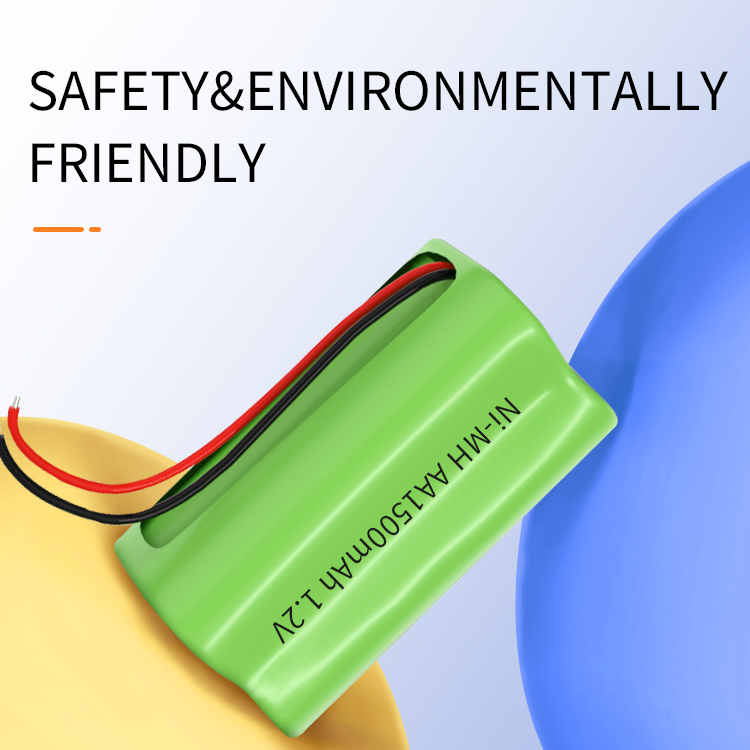

Supercapacitors are energy storage devices that buffer the instabilities of wind/solar energy. The specific energy (energy density: ED) and specific power (power density: PD) of supercapacitors combine the advantages of traditional capacitors and batteries. Similarities between supercapacitors and batteries include: 1) energy storage at the electrode/electrolyte interface; 2) ion transport and electron transport. The differential free energy of batteries and supercapacitors: batteries are single electron free energy, while supercapacitors are continuous free energy changes.
Supercapacitors are energy storage devices that buffer the instabilities of wind/solar energy. The specific energy (energy density: ED) and specific power (power density: PD) of supercapacitors combine the advantages of traditional capacitors and batteries. Similarities between supercapacitors and batteries include: 1) energy storage at the electrode/electrolyte interface; 2) ion transport and electron transport. The differential free energy of batteries and supercapacitors: batteries are single electron free energy, while supercapacitors are continuous free energy changes. In batteries, chemical reactions release can be collected into circuits; in supercapacitors, charge is stored primarily electrostatically. Supercapacitors have a series of advantages such as high power, fast charge and discharge speed, long cycle life, and low cost, and their application prospects are broad. However, the performance of supercapacitors is closely related to electrode materials. How to design and prepare high-performance electrode materials directly determines the performance of supercapacitors. This article selects nickel-based materials as the basis and comprehensively analyzes the application of nickel-based materials in supercapacitors. Recently, the author Yu Jiaguo (correspondence) from Wuhan University of Technology in China and others summarized the latest research progress of nickel-based materials; discussed important issues such as the preparation and performance improvement of nickel-based materials; analyzed the root causes of synergistic effects; listed the challenges faced challenges and possible solutions. Finally, some new perspectives are put forward on the future development of nickel-based materials. The relevant results were published on Materials Today under the title "Nickel-based materials for supercapacitors".

Popular recommendation
LR754 battery!Analysis and research on voltage measurement methods of series battery packs
2023-10-08602248 polymer battery.Breakthrough in the synthesis of Wanxiang ternary high-nickel single crystal
2023-10-0848v 10kwh energy storage solar system.Brief analysis of dynamic charging technology of electric vehi
2023-10-08Ni-MH battery pack.Introduction to vacuum distillation recovery technology of scrap nickel-cadmium b
2023-10-09LR1121 battery!Power battery research and development should be combined with the development trend
2023-10-08601435 polymer battery.Research on the recycling and reuse of lithium, nickel, cobalt and other lith
2023-10-08Dry Battery!The balanced working principle of lithium iron battery protection chip and lithium batte
2023-10-08AG Coin battery
2022-06-18lithium battery 18650 3.7v.A brief discussion on the basic principles of charging and discharging 18
2023-10-13801752 polymer battery.Chinese enterprises break through the core technology of high-nickel single c
2023-10-08AAA Ni-MH batteries.Ni-MH battery technology training: Ni-MH battery performance and technology
2023-10-09What is the difference between ordinary batteries and lithium batteries?
2022-11-08